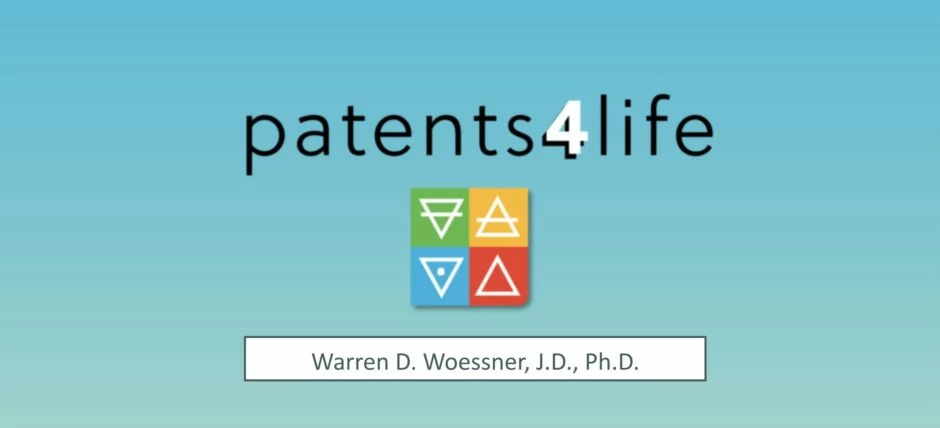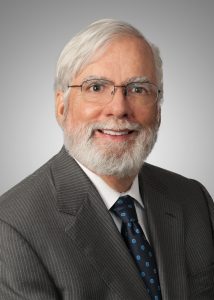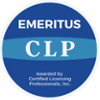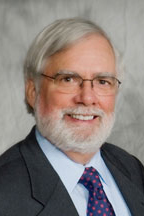Reading the transcript of the oral arguments presented yesterday (a copy is attached at the end of this posting) as Bilski was presented to the Supreme Court, I was struck by how quickly certain Justices homed in on one of the last frontiers of patentable subject matter, namely whether or not the simple transmittal of information from one person to another should be patentable subject matter. Particularly, Justice Breyer’s first question was to ask whether or not a method of teaching antitrust law could be patentable subject matter [laughter]. Justice Sotomayor then mentioned “speed dating.” Bilski’s counsel replied that, while the data itself is not patentable, “but if it is a series of steps,” it might be. Breyer demanded that counsel “make that balance in terms of information.” Sotomayor asked “[Doesn’t there have] to be something more substantive than the mere exchange of information; that it has to involve…’transformation’? [The Fed. Cir.] hasn’t defined the outer limits of what it means by that.” Counsel Jakes, “Yes.”
Suddenly, I thought of a fairly obscure but interesting decision, In re Ngai, 367 F.3d 1336 (Fed. Cir. 2004). The claims in question were to a “kit” for amplifying RNA comprising certain known reagents and “instructions describing the [amplification] method of claim 1.” In other words, the only “point of novelty” was the instructional material. The court affirmed the rejection below, and distinguished In re Gulack (where a sort of circular slide rule was claimed), stating:
As the Gulack court pointed out,”[w]here the printed matter is not functionally related to the substrate, the printed matter will not distinguish the invention from the prior art in terms of patentability.” If we were to adopt Ngai’s position, anyone could continue patenting a product indefinitely provided that they add a new instruction sheet to the product. This was not envisioned by Gulack. Ngai is entitled to patent his invention of a new RNA extraction method, and claims covering that invention were properly allowed. He is not, however, entitled to patent a known product by simply attaching a set of instructions to that product.”
“Hold on,” you may say, “this is a section 102 rejection, not a section 101 decision.” But I re-read this decision after being asked to opine about the potential patentability of claim in a published application. I will simplify it as follows: “A method of increasing the safety of drug x by providing instructions to a patient taking drug x to stop taking drug x if side effect y is observed.” One of the other claims recited the further step of providing drug x to the patient and then providing the patient with the warning (label, most likely). But there was no step involving administering the drug or adjusting the dosage.
This is about as pure a claim to a transmittal of information between two people as I can think of, that does not come off as a judicial joke (“speed dating”). It might be categorized broadly as a method of medical treatment. As Justice Sotomayor questioned, “Do you think that there is some benefit to society from patenting a method to cure someone that just involves human activity, as opposed to some machine, substance or other apparatus to help that process?” The answer is “yes.” In fact, there was some discussion before the Supreme Court relevant to the fact that pure surgical methods are patentable, even after Congress acted to limit damages for infringement.
The “warning claim” I summarized would also seem to be an attempt to answer this question affirmatively, and to patent “the mere exchange of information.” Hopefully the Bilski Court will not attempt to resolve this question, as they deal with the “machine or transformation test” that is before them, but a number of the Justices are certainly interested in the broader issue a la the Metabolite Labs, dissent by Justice Breyer et al. Mr. Stewart for the PTO made it clear that he hoped that the S. Ct. would not muck around in “software innovations or medical diagnostic techniques.” We can only hope.






